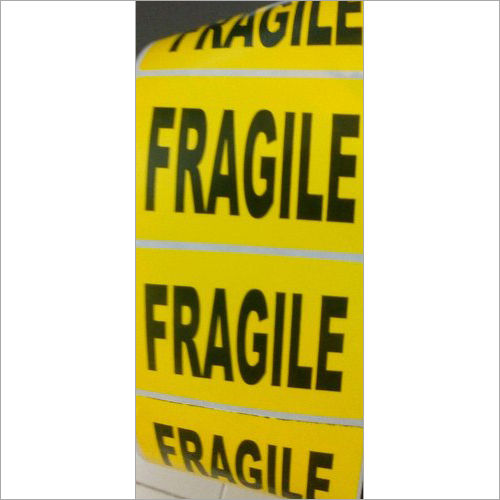Call : 08045478801

White Plain Barcode Label
Product Details:
X
Product Description
A white plain barcode label is a physical label or sticker that contains a barcode, which is a machine-readable representation of data. Barcodes are often used for inventory management, product identification, and various tracking purposes. Barcode labels typically consist of a pattern of lines, spaces, or dots that represent alphanumeric or numeric data.
Here are some key components of a barcode label:
1. Barcode: The actual barcode itself, which is a graphical representation of the data. The barcode can be in various formats, such as UPC (Universal Product Code), EAN (European Article Number), Code 128, QR code, or many others.
2. Human-Readable Information: In addition to the barcode, barcode labels often include human-readable information, such as the product name, serial number, or other details associated with the item being labeled. This information is typically printed in text form.
3. Quiet Zone: Barcodes require a clear space known as a "quiet zone" around them to ensure that the barcode scanner can accurately read the code. This zone is free of any text, graphics, or other markings.
4. Bar Width and Spacing: The barcode consists of a series of bars (often black) and spaces (often white) with varying widths. The specific width and spacing of these elements are defined by the barcode symbology (e.g., 1D or 2D barcode types) being used.
5. Checksum: In some barcode types, a checksum digit may be included to ensure data accuracy when the barcode is scanned.
6. Label Material: Barcode labels are typically printed on label stock or material that can adhere to the item or surface to be labeled. This material should be durable and compatible with the environment in which the labeled items will be stored or used.
Barcode labels are commonly used in retail, logistics, healthcare, manufacturing, and various other industries to track and manage products, assets, and information efficiently. They can be printed using various methods, including thermal printing, inkjet printing, and laser printing. The choice of barcode type and label material depends on the specific application and the conditions in which the labels will be used.
Enter Buying Requirement Details
Other Products in 'Labels' category
 |
AIMEX INDUSTRIES PRIVATE LIMITED
All Rights Reserved.(Terms of Use) Developed and Managed by Infocom Network Private Limited. |
 Send Inquiry
Send Inquiry English
English Spanish
Spanish French
French German
German Italian
Italian Chinese (Simplified)
Chinese (Simplified) Japanese
Japanese Korean
Korean Arabic
Arabic Portuguese
Portuguese


